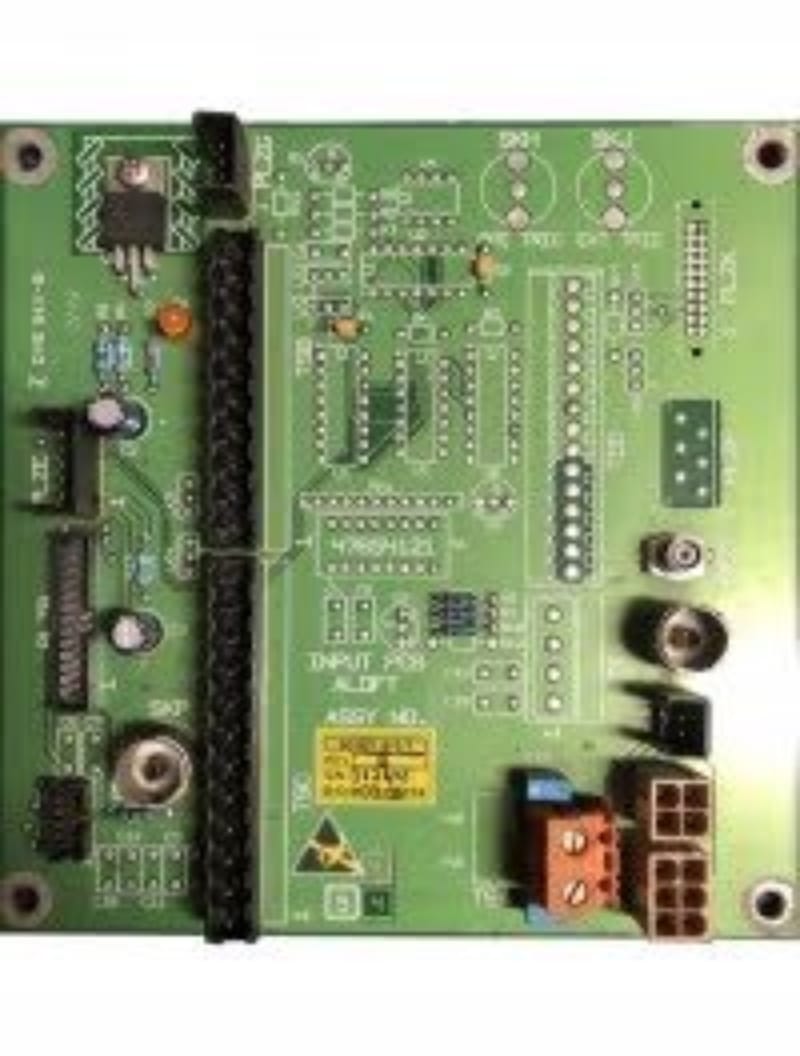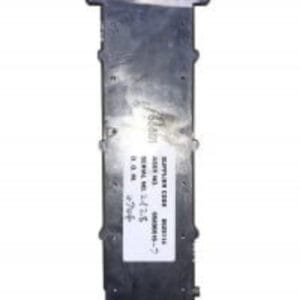Introduction to Sperry Marine X-Band Radar Systems
Sperry Marine, a renowned name in the maritime industry, offers top-tier X-band radar systems that are pivotal for modern navigation. These radar systems utilize microwave technology to provide accurate targets and imagery, essential for ensuring safe and efficient marine operations. The importance of radar technology in maritime navigation cannot be overstated, as it enhances vessel situational awareness and improves safety on the high seas. By detecting surrounding objects, including other vessels, land masses, and navigational hazards, Sperry Marine X-band radar systems equip operators with vital information for timely decision-making.
Among the various models available, the T65801813-7 is particularly noteworthy. This model exemplifies advanced features that optimize radar performance. It presents high-resolution radar imagery, allowing operators to differentiate between multiple targets with ease. Moreover, its ability to function effectively in varying weather conditions underscores the reliability of Sperry Marine’s radar solutions. This resilience is crucial as it enables ship operators to navigate safely through challenging environments, thereby significantly reducing the risks associated with marine travel.
Central to the effectiveness of the T65801813-7 model is the Input PCB aloft, which is instrumental in processing and converting radar information into usable data. This component plays a critical role in ensuring that the radar accurately interprets signals received from the environment, thereby enhancing the overall performance of the radar system. As the maritime industry continues to evolve, the ongoing integration of sophisticated technologies in models like the T65801813-7 demonstrates Sperry Marine’s commitment to advancing marine navigation safety. In this context, understanding the functionalities and relevance of this radar system is key for professionals operating within this sector.
Technical Aspects of the Input PCB Aloft
The Input PCB Aloft for the X-band radar model T65801813-7 plays a crucial role in the signal processing chain of marine radar systems. Designed to operate within specific frequency bands, this printed circuit board (PCB) is constructed using high-quality materials that offer durability and reliability in demanding marine environments. The selection of materials, such as FR-4 and other suitable laminates, ensures that the PCB can withstand varying temperatures and humidity levels while minimizing signal degradation.
Electrical characteristics of the Input PCB are of paramount importance, as they dictate how well the radar can receive and process signals. Typically, parameters such as impedance, capacitance, and inductance are optimized to align with the specific operational requirements of the radar. The Input PCB Aloft often incorporates low-noise amplifiers and filtering components designed to enhance signal clarity by filtering out unwanted noise and interference. This is vital for accurate detection and interpretation of targets by the radar system.
Despite its robust design, the Input PCB may encounter a range of common issues, such as signal loss, connector failure, or solder joint degradation. Regular maintenance and troubleshooting practices are essential to ensure optimal performance of the radar system. Implementing preventive measures, such as inspecting the PCB for physical damage, maintaining proper connections, and ensuring environmental seals are intact, can significantly reduce the likelihood of failures.
Furthermore, employing best practices such as utilizing surge protectors and adhering to manufacturer guidelines for installation can extend the lifespan of the Input PCB Aloft. By understanding the technical specifications and functions of this component, operators can enhance the efficiency and effectiveness of their radar systems, ultimately ensuring safe navigation and reliable maritime operations.







Reviews
There are no reviews yet.